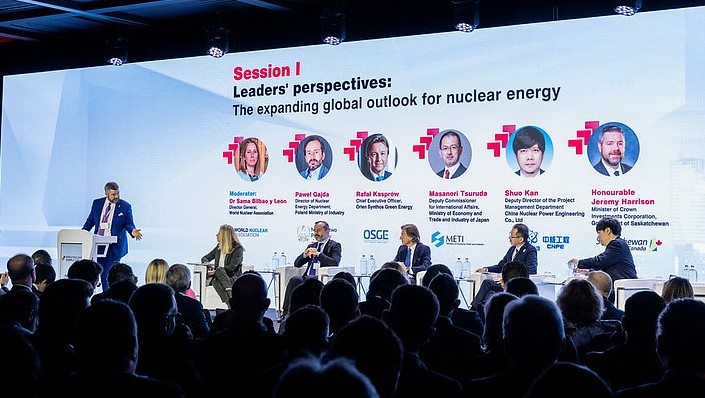MARIA steps in to maintain Mo-99 supplies
.jpg)
Nuclear Research & Consultancy Group (NRG) announced on 21 January that, during an inspection, a "technical defect" was discovered in a cooling system of the HFR at Petten. The reactor was therefore unable to be restarted on 20 January as planned.
NRG - one of the world's few molybdenum suppliers - has not yet been able to give an indication of when the reactor will be restarted. It informed Nuclear Medicine Europe so that the supply of medical isotopes could be maintained by other producers.
On 21 January, the production of Mo-99 was quickly taken over by the MARIA reactor in Poland.
NCBJ said the reactor core of MARIA has great production flexibility. "A detailed core arrangement calculation was performed on the spot and approved by the Polish nuclear regulatory body. All this was arranged in a matter of hours.
Such a short notice response was possible because the MARIA research reactor has been prepared since 2010 for the irradiation of targets for Mo-99 production. Several cycles each year are performed and, in case of unplanned shutdowns within primary suppliers, MARIA is prepared to increase its supply."
Mo-99 is used worldwide 40 million times every year in diagnostic examinations in hospitals, among others by oncology, cardiology and neurology. This involves patients being injected with a slightly radioactive liquid.
Globally, Mo-99 is produced in a limited number of research reactors. The 45 MW HFR - operated by NRG on behalf of the European Union's Joint Research Centre - has for a long time supplied about 60% of Europe's and 30% of the world's use of medical radioactive sources. Some 30,000 patients every day depend on medical isotopes from the Netherlands.
The high flux research reactor MARIA - located at the Świerk Research Centre about 30 kilometres south-east of Warsaw - is a water and beryllium moderated reactor of a pool type with graphite reflector and pressurised channels containing concentric six-tube assemblies of fuel elements. The 30 MWt reactor achieved first criticality in December 1974. It is currently licensed to operate until 2025 but is expected to continue operating until at least to 2030.
_77790.png)
_59102.jpg)
_49833.jpg)








